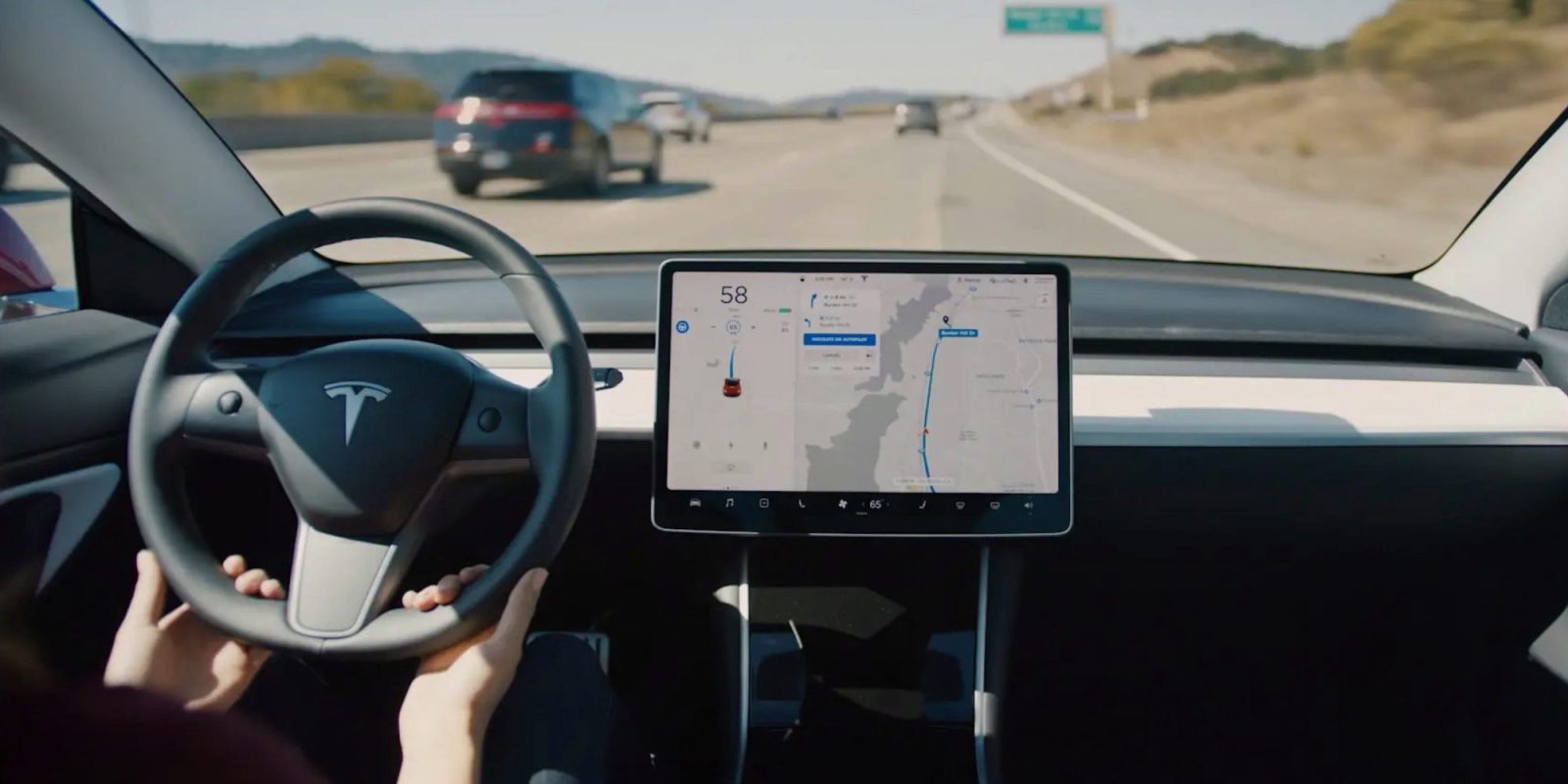
For more than a year now, Tesla has been releasing Autopilot safety numbers to show that autopilot is safer than a human driver in average driving conditions. In today’s Tesla Q3 update, the company updated those numbers to show that autopilot is nearly 9x times safer than average driving.
There are caveats, of course. Autopilot is primarily used on highways, which have fewer accidents than surface streets because driving conditions are much simpler. And Teslas are generally newer cars, which are also less likely to be involved in accidents than the overall vehicle fleet, which includes old cars without modern active and passive safety features.
Tesla’s previous updates have included accident data for Teslas using Autopilot, for Teslas with autopilot turned off but active safety features on, and for Teslas with no active safety features activated. Generally, the more active safety features are turned on at any point in time, the safer the cars are.
These were contrasted with overall US accident rates, which are usually on the order of about one accident every half a million miles.
Today’s Q3 update only includes one number: the number of accidents occurring in Teslas with Autopilot activated. During Q3, Teslas had one accident for every 4.34 million miles the system was engaged. This means that Autopilot miles were 9 times less likely to result in an accident than the national average. Per Tesla:
During Q3, we registered one accident for every 4.34 million miles driven in which drivers had Autopilot engaged. This compares to the national average of one accident for every 0.5 million miles based on NHTSA’s most recent US data.
Tesla did not update the statistics on Tesla accidents without safety features engaged; presumably we will have to wait for another day for them to release that information.
But comparing with previous safety reports, Autopilot showed significant improvement. In the past four quarters, Tesla’s Autopilot accident rate hovered at around one per 3 million miles. The jump to 4.34 million is quite significant.
This Autopilot safety data deals only with accidents, not with occupant injury. Tesla has previously done well in that regard, gaining many safety honors. Last month, IIHS gave Model 3 a Top Safety Pick+ award, the institute’s highest honor.
Electrek’s Take
Tesla’s Vehicle Safety Report has always been light on data, and this one is even lighter, as it only includes one number without a lot of context. Nevertheless, this is still a significant improvement.
Not only did Autopilot accidents decrease significantly, the comparison with average accident rates is getting even more stark, approaching an order of magnitude now.
Despite so much noise in the media about the “dangers” of Autopilot, the reality of the situation is that it works pretty well most of the time. It could and should work better, and it isn’t improving as quickly as a lot of people would like. Especially for those who already paid for undelivered Full Self-Driving software, which as of yet has given customers little to no benefit for a significant expenditure.
But in the last couple weeks, after so much noise about Smart Summon, the newest step forward in technology which is apparently going to kill us all (if you ask the wrong people), it’s refreshing to have a little reality injected into the conversation. Autopilot is fine. But please stop doing dumb things with it.
FTC: We use income earning auto affiliate links. More.






Comments